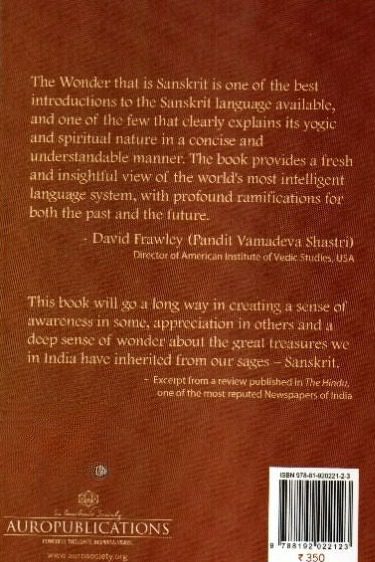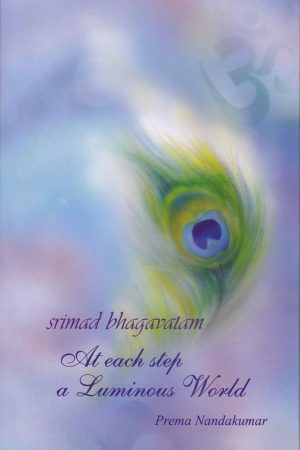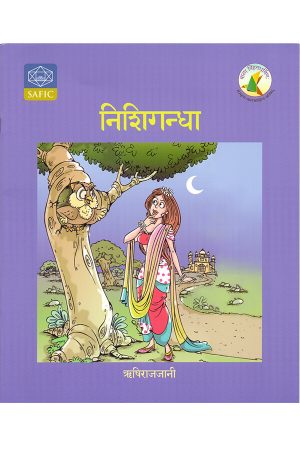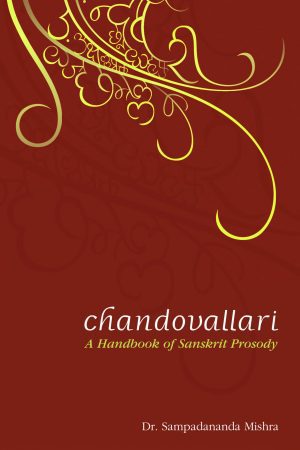If Sanskrit can find its true place in India, it will also help India find its true place in the world. For among all the languages of India, it is Sanskrit that is identified the most with Indian civilisation and culture, with all that is priceless and is India’s gift to the world. The Upanisads and the Gita have been sources of inspiration for spiritual seekers and philosophers; Panini is admired by grammarians the world over. The Ramayana and Mahabharata are being translated in numerous languages. Books on Buddhism are becoming increasingly popular, and people are looking for new insights into Indian sciences, arts, dance and music. Says Professor Max Mueller: “We can hardly understand how, at so early a date, the Indians had developed ideas which to us sound decidedly modern. Some of the riddles of the future find their solution in the wisdom of the past.” More and more universities are offering courses in Sanskrit as part of their programmes on Indology. It is by far the most famous of all Indian languages, studied the world over by those who want to understand India and its culture. The French scholar Dr. Lui Reno asserts, “There is not a living culture without a living tradition. If India is beloved and cherished among the elite of the West, it is on account of her traditional culture. And this culture is embedded above all in the treasures of Sanskrit. Sanskrit and India are inseparably connected…”. In fact Sanskrit is related not only to all Indian languages but has a close link with most Western languages as well. In the large family tree of the world’s languages, Sanskrit belongs to the Indo-European branch and occupies a central position there. Nearly all European languages belong to this branch, with a few exceptions such as Finnish, Hungarian and Basque. Some of the more well-known Sanskrit relatives are Greek, Latin, French, Italian, Russian, English and German. All of these tongues have developed from the so-called Proto-Indo-European, which was spoken thousands of years ago, according to the assumption of some linguists who have reconstructed this language with sophisticated methods.
Sri Aurobindo Foundation for Indian Culture
The Wonder that is Sanskrit
₹350.00
This book reveals the many wonders of Sanskrit, like the perfection of its grammar, some interesting and amazing creations which border on the unbelievable, the charm and beauty of its poetry, and so on, as a living experience. The deeper aspects of Sanskrit as the language of the soul of India and as a medium of expression for the highest spiritual truths and experiences are also brought out with clarity and force. The book has something for all – whether a scholar deeply immersed in it, or someone who has had no previous contact with it.
Availability: 1998 in stock
| Weight | 290 g |
|---|---|
| Author | Dr. Sampadananda Mishra & Vijay |
| Publishing Info | First Edition – 2002 / 5th Impression – 2017 |






